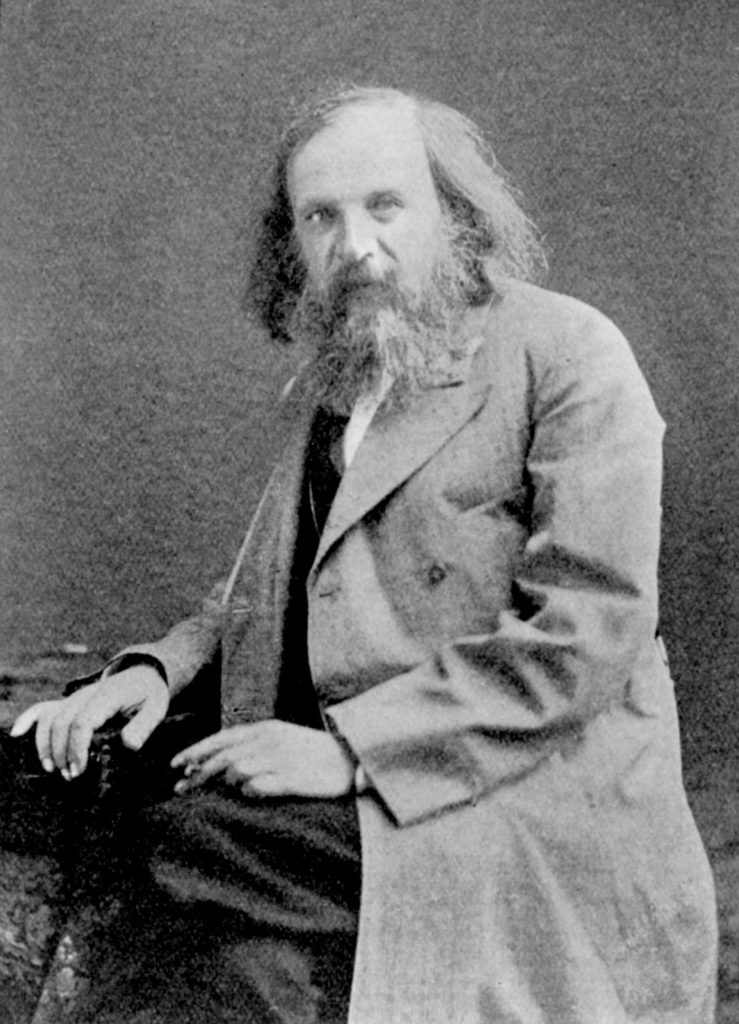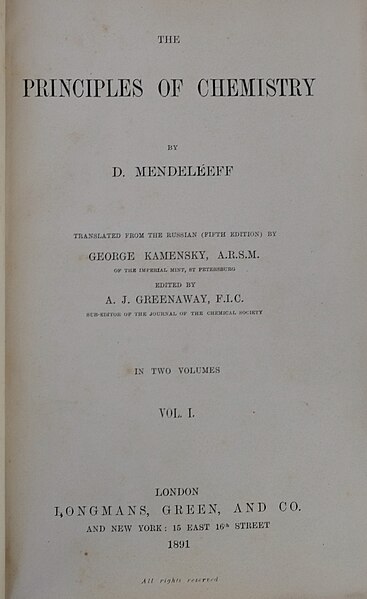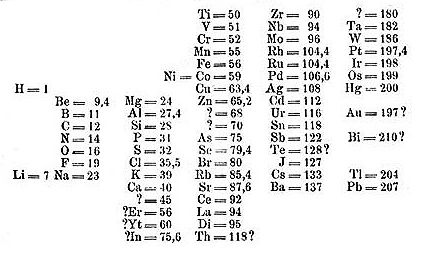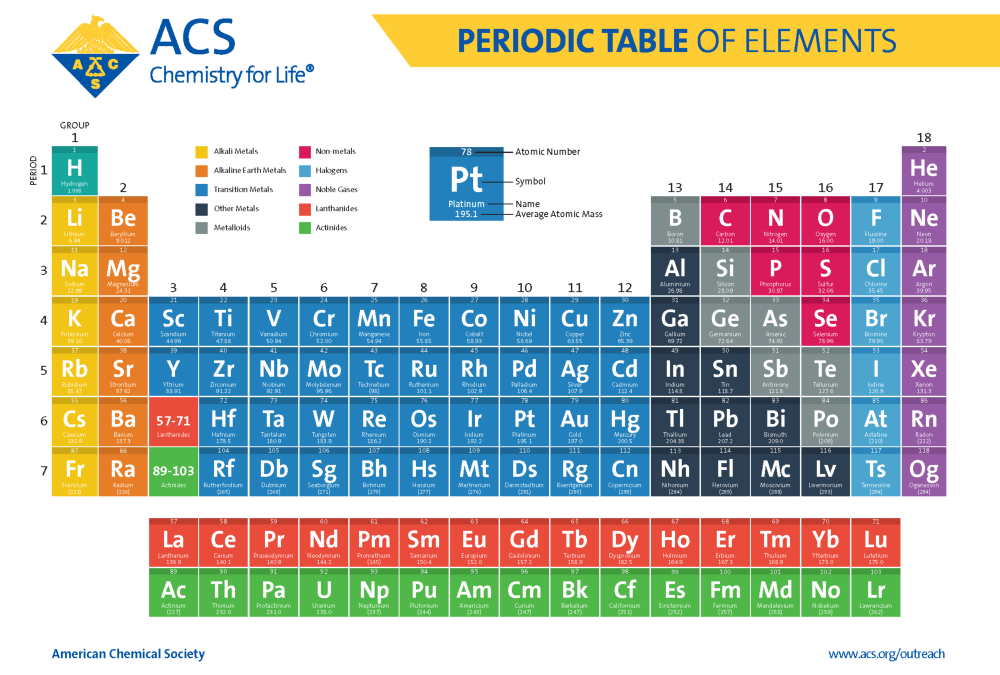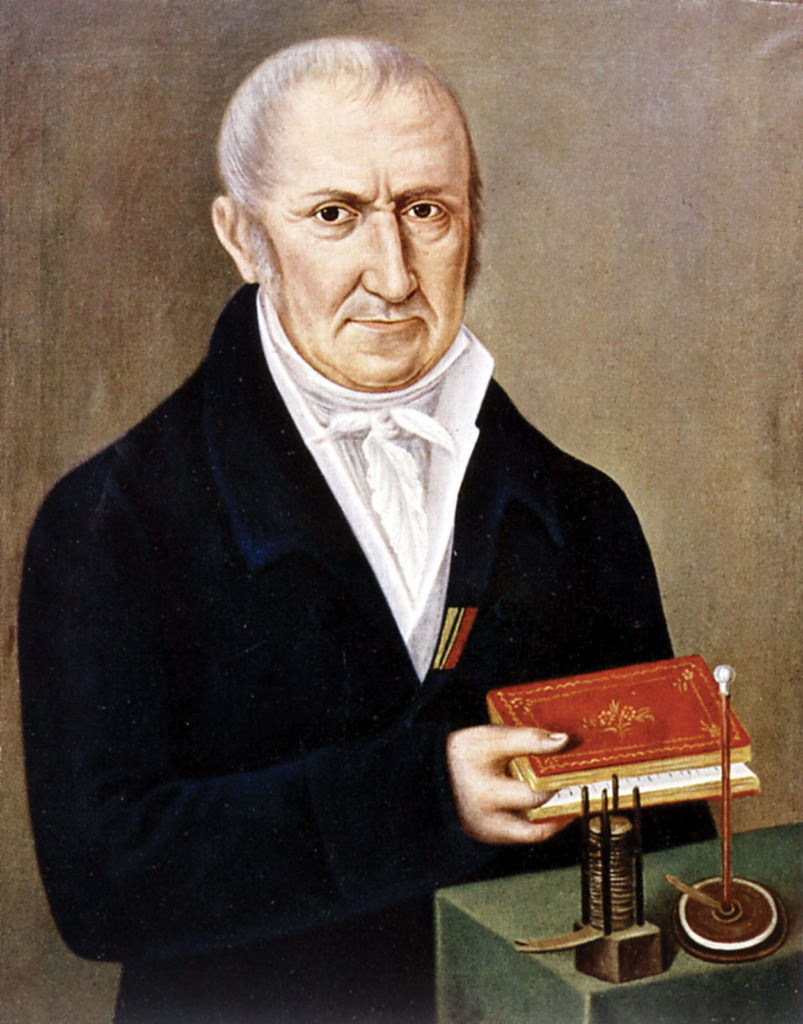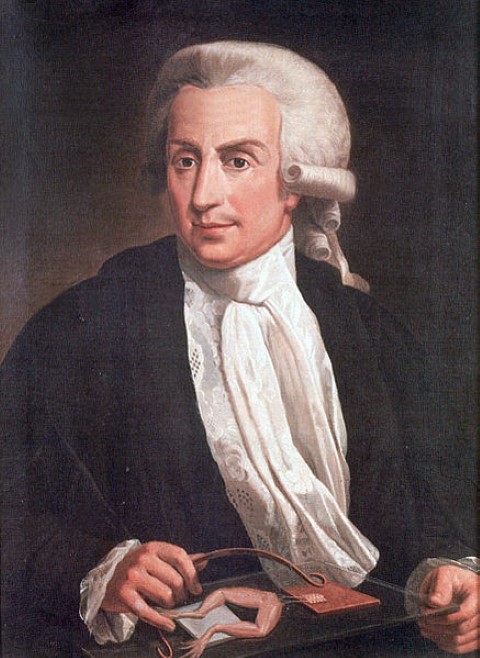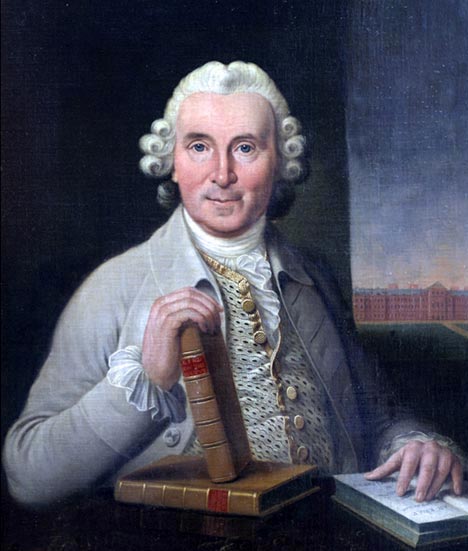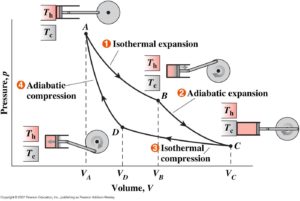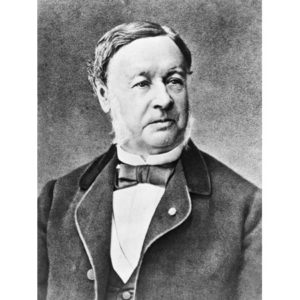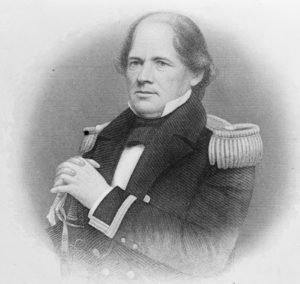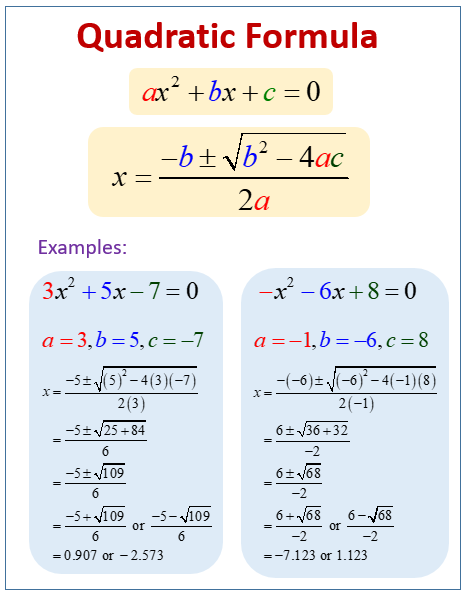The invention of number systems designated another high mark for the civilization. Its development led to formal mathematics just as the development of writing systems led to reading and literature. These two tools are responsible for preserving and transmitting the vast, accumulated knowledge humanity has attained in the past 5000 years. These disciplines form the foundation of our modern academic curriculum.
For tens of thousands of years there was not an organized number systems. People counted things using their fingers and toes, if they needed to count anything at all. Around 25,000 ago there is evidence that people started placing marks on wood and bone, a practice known as tally systems, to keep track of things. Later on people used markers, counters, or tokens in what is called a token system. These tokens corresponded directly to the goods and things that they represented. Tally systems followed by token systems were proto-numeral systems. This proved was useful for counting and keeping track of smaller amounts but it was not very practical when counting large numbers or attempting to complete more complex mathematical operations.
When humans were hunter-gathers there was not a pressing need to tally items. People lived in smaller groups and generally shared goods in the community. Human emotions such as resentment and distrust were sufficient to regulate fairness in the community. With the advent of agriculture the human condition changed. Soon their were sprawling city-states with tens of thousands of people and a division of labor. Accountants were needed to record debts and taxes owed. This necessity provided the kindling spark to devise a more capable system of keeping track items than a tally system.
Number Systems Take Their Position in Civilization
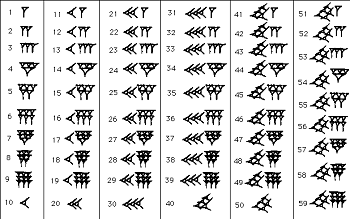
Around 3000 BCE the Babylonians developed one of the first known positional number systems. It was written in cuneiform and was a sexagesimal (base 60) number system. The major achievement of the Babylonian number system over previous number systems was that it was positional. This mean that the same symbol could be used to represent different orders of magnitude, depending on where the symbol was located within the number.
The Babylonian system was a significant advancement in the development of mathematics. It provided for the addition and subtraction of numbers and allowed for fractions. It did have some many shortcomings. One such shortcoming is the absence of the number zero. Today we use a base 10 positional number system however there are still some relics of the base 60 number system in our culture. For example, the circle is 360 degrees and there are 60 seconds in a minute.
Many other civilizations further developed number systems. They Chinese, Egyptians, Aztecs, Mayans, and Inca’s all made use of them. The Greeks in particular showed an intense interest in math. When the conquests of Alexander the Great spread Greek culture throughout the ancient world it marked a turning point in science and math that still lingers, along with so much else from the Greek culture, with us today.
The Story of our Number System
The number system we used today is referred to as Arabic Numerals despite its oldest preserved samples being discovered in India from around 250 BCE. It is uncertain whether this system developed entirely within India or had some later Phoenician and Persian influence. What is certain is that the Arabic’s fully developed and institutionalized this system. A book written around 820 by the mathematician Al-Khwarizmi provides us with the oldest fully developed description of this system. Titled On the Calculation with Hindu Numerals, it is responsible for introducing this Hindu-Arabic numeral system to Europe.
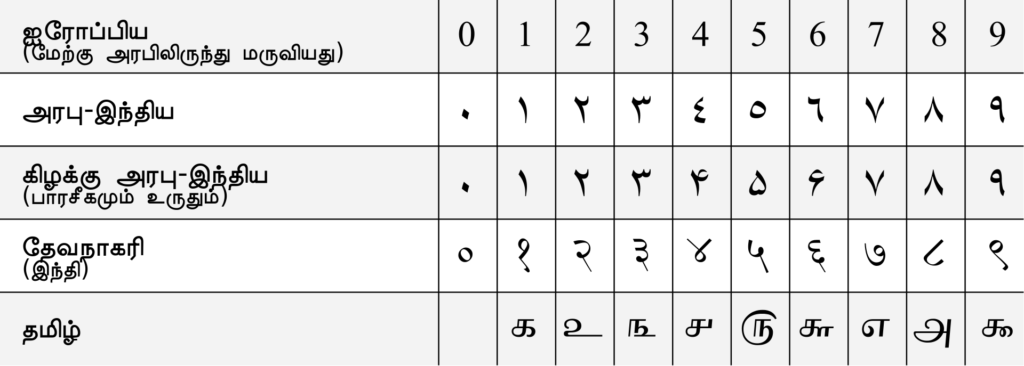
(Credit: Wikimedia Commons)
The Arabic’s designed different sets of symbols which can be divided into two main groups – East Arabic numerals and West Arabic numerals. Although the Arabic language is written from right to left, Arabic numerals are arranged from left to right. The European numeral system was primarily modeled on the now extinct West Arabic numeral system.
The Importance of Number Systems
We would be lost in our world without numbers. They are used to represent goods and things.. They allow the measurement of objects. They are used in the tracking of time. But maybe most importantly, number systems are necessary for mathematics, the bedrock of science.
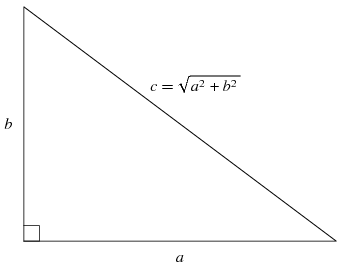
(Credit: www.mathworld.wolfram.com)
Much of the world can be expressed in mathematics. It has been echoed by many great scientists that nature speaks to us in the language of mathematics. This is why science depends so much on math. Math has wide-ranging applications ranging from engineering, accounting and finance, navigation, physics and cosmology, computers and coding. Geometry and calculus allows us to construct buildings to live in. Algebra allows us to calculate our loan payments when we purchase that new home. The examples the benefits of using math, just like are numbers, are infinite.
Continue reading more about the exciting history of science!
